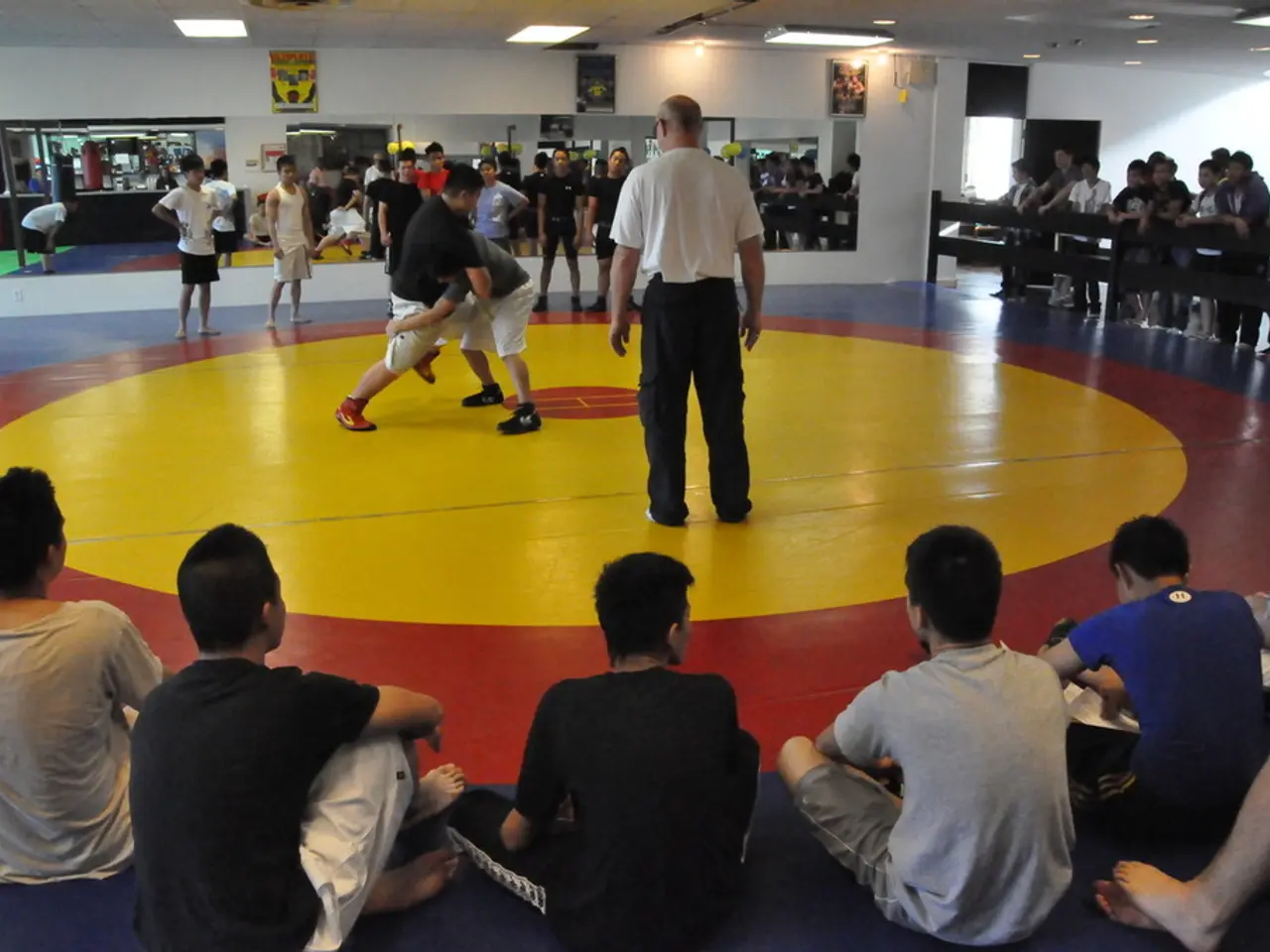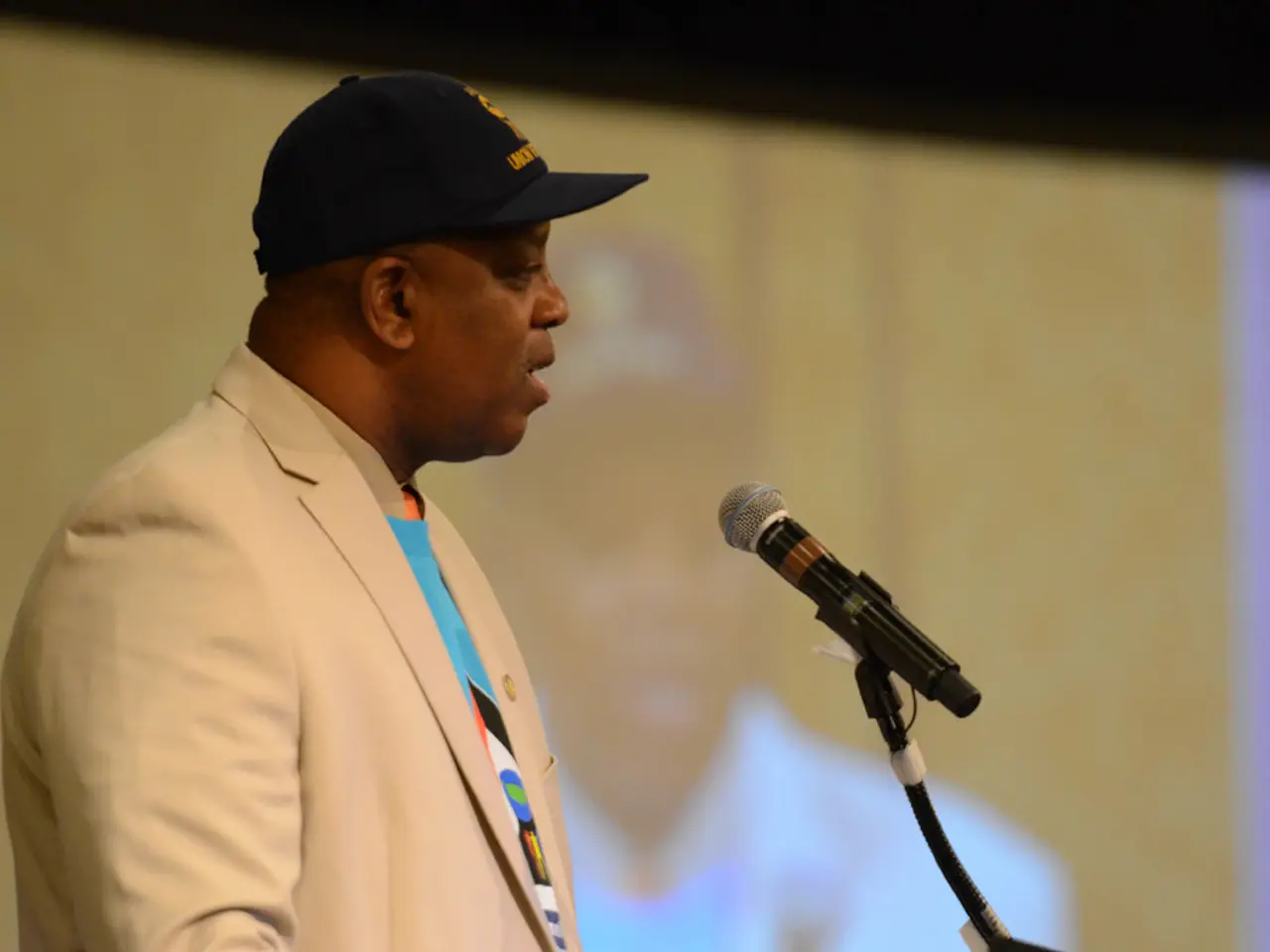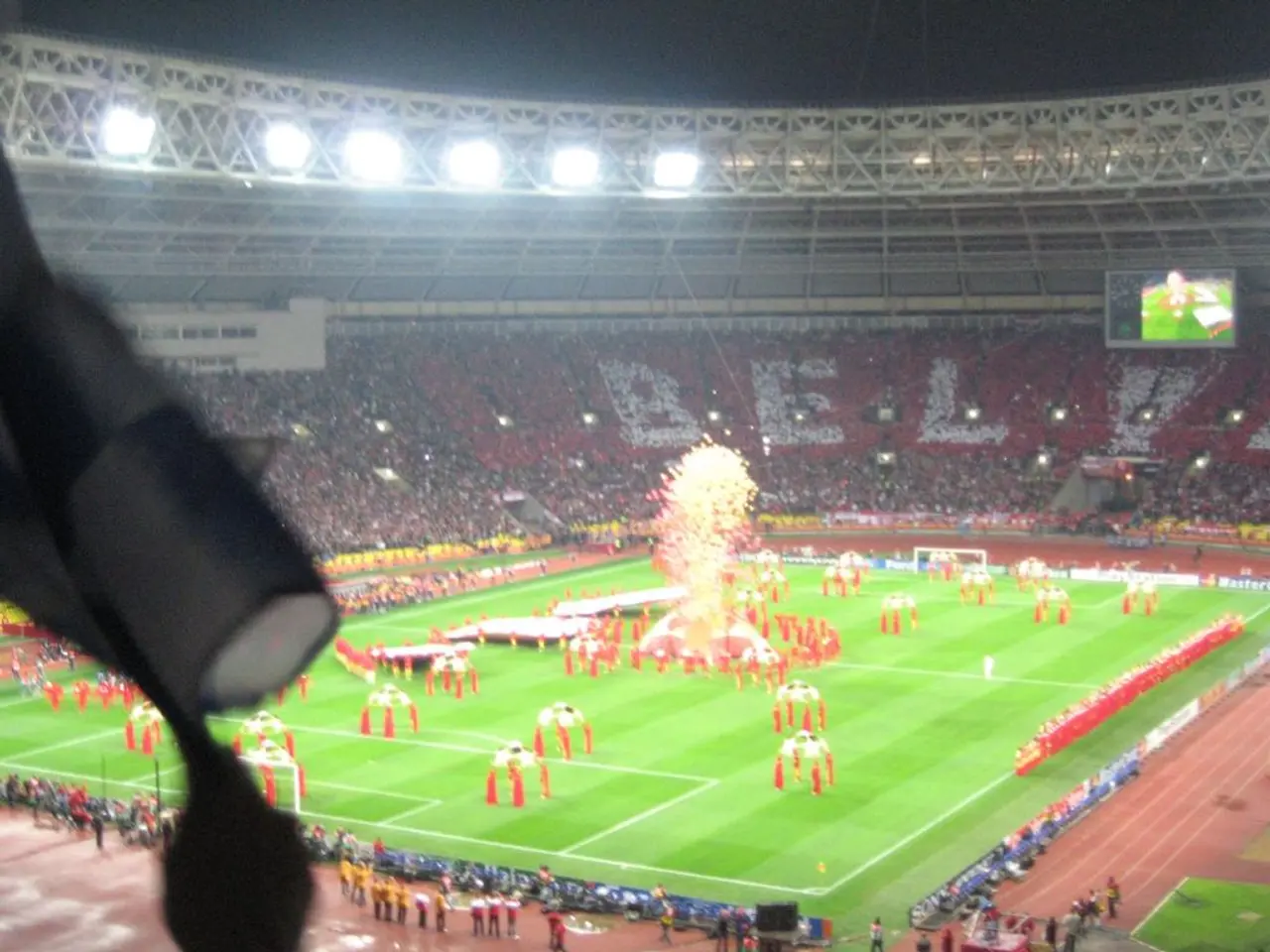Examining the Authenticity of WWE: A Deep Dive into Reality
The World Wrestling Entertainment (WWE), a globally popular wrestling organisation with roots dating back to 1953 under Capitol Wrestling Corporation (CWC), has become a household name. Originally known as the World Wrestling Federation (WWF), the WWE underwent a name change in 2002, marking a new era in the world of professional wrestling.
In 2002, the brand split of WWE also introduced a third brand, NXT, as its developmental brand. This format was reintroduced in 2016, with NXT returning as the developmental brand. To accommodate the larger roster, WWE split its two flagship TV shows, Monday Night Raw and Friday Night Smackdown, into two separate brands, SmackDown and Raw, each with its own roster and creative team. The WWE Universe is thus split into three distinct programs: SmackDown, Raw, and NXT. During the brand split from 2002 to 2011, ECW also became a third brand of the WWE Universe.
A common misconception about WWE is that because the matches are scripted, there is no risk or pain for the athletes involved. However, getting to the point of the predetermined outcome takes plenty of athleticism and sometimes real pain. Despite the scripted nature, WWE incorporates elements of unpredictability and realism to enhance the drama.
Sometimes matches or moments appear unscripted or real, blurring the line between performance and actual events. For instance, a noted instance involved Brock Lesnar delivering legit strikes to Randy Orton that caused real injury, making even backstage personnel unsure if it was a shoot (real fight) or part of the show. Referees, while part of the storyline, have a dual role: they enforce kayfabe rules during the show but also have real authority backstage to communicate safety concerns and can stop matches if genuine injuries occur.
WWE regularly includes surprise developments, shocking title changes, and unexpected wrestler returns that create a sense of spontaneity and engagement for fans. This unpredictability happens within the scripted framework but is crafted to maintain suspense and excitement.
The WWE regularly holds events outside the US under the WWE Live name, including in Saudi Arabia and the UK. Special events like SummerSlam, WrestleMania, and seasonal events like Halloween Havoc and the WWE Live Holiday Tour are also part of the WWE Universe's calendar.
While wrestlers know who will win each match, how the wrestlers reach that point is completely undecided, allowing for the talent of WWE superstars to play a significant role in creating an entertaining product within the predetermined outcomes. The WWE is not the same organisation it was during the Attitude Era (1997 to 2002), and its performances are more family-friendly, appealing to a broader range of wrestling fans.
In 1982, Vincent K. McMahon bought Capitol from his father and relaunched it under the trademarked World Wrestling Federation (WWF). McMahon changed the wrestling industry by breaking the previously used regional system and getting the WWF syndicated across the US. The WWE's return to Vegas after 32 years away in 2025 is a testament to its enduring popularity and global reach.
[1] Bischoff, Eric. (2018). Controversy Creates Cash: The Life, Death, and Rebirth of WCW. ECW Press. [2] Meltzer, Dave. (2019). The Wrestling Observer Hall of Fame Volume 3. WWE Books. [3] Lesnar, Brock. (2010). Death Clutch: Brock Lesnar: A Memoir. Regan Arts. [4] Garcia, Sean. (2019). The Death of WCW. ECW Press.
In this revised version of the WWE, a third brand, NXT, functions as the developmental brand, mirroring entertainment showcases like a blog that cultivate fresh talent. Apart from wrestling, the WWE's lineup extends to sports-themed entertainment, reminiscent of a casino, with special events held worldwide, akin to global sports tournaments.




